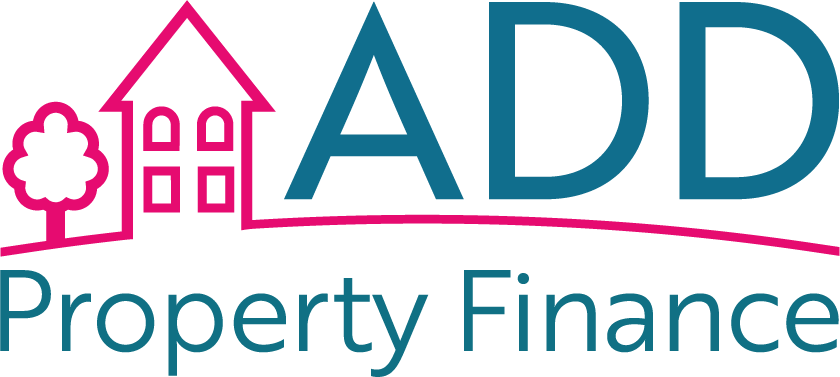Bridging loans have become increasingly popular among property investors due to their flexibility and speed in providing crucial funds for various real estate projects. However, before diving into the world of bridging finance, it’s essential for property investors to understand how bridging loan rates work and how they can impact the overall cost of their investments.
What Are Bridging Loan Rates?
Bridging loan rates, often referred to as interest rates, are the fees charged by lenders for providing short-term financing solutions. These rates can significantly influence the cost of a bridging loan and, subsequently, the profitability of a property investment.
Understanding Bridging Loan Rates
- Interest-Only Payments: Unlike traditional mortgages, where you pay both interest and principal, bridging loans typically require interest-only payments throughout the loan term. This can make the monthly payments more manageable but may result in a larger final payment when the loan matures.
- Variable vs. Fixed Rates: Bridging loan rates can be either variable or fixed. Variable rates fluctuate with market conditions, potentially affecting the overall cost of the loan during the term. Fixed rates remain consistent, providing more predictable expenses but may be slightly higher initially.
- Loan-to-Value (LTV) Ratio: The LTV ratio plays a significant role in determining the interest rate for a bridging loan. The lower the LTV, the lower the interest rate is likely to be. Investors can often secure better rates by providing a larger deposit or using additional collateral.
Factors Affecting Bridging Loan Rates
- Market Conditions: Bridging loan rates are influenced by broader economic conditions, including the Bank of England’s base rate. When the base rate rises, borrowers may see higher interest rates on bridging loans.
- Lender Policies: Different lenders have varying lending criteria and risk appetites. Some may offer more competitive rates based on the borrower’s creditworthiness, experience, and the perceived risk of the investment.
Calculating the Cost of Bridging Loans
To estimate the overall cost of a bridging loan, property investors should consider the interest rate, the loan term, and any associated fees. The total interest paid over the loan term can be substantial, so investors must plan for this expense when assessing the profitability of their projects.
Managing Bridging Loan Costs
While bridging loan rates can impact the cost of property investment, there are strategies to manage these expenses effectively:
- Plan Exit Strategies: Property investors should have a clear exit strategy in place, ensuring they can repay the bridging loan as efficiently as possible, whether through property sale, refinancing, or other means.
- Compare Lenders: Shopping around for lenders and comparing their terms can help investors secure the most competitive rates and fees for their bridging loans.
- Monitor Market Trends: Staying informed about changes in the property market and interest rates can help investors make strategic decisions about when to enter and exit bridging loan agreements.
Conclusion
Understanding bridging loan rates is vital for property investors looking to leverage this financial tool for their real estate ventures. By comprehending how interest rates work, the factors that affect them, and the overall cost of borrowing, investors can make informed decisions that enhance the profitability of their property investments. Bridging loans, when used wisely, can provide the financial flexibility needed to seize valuable opportunities in the property market.







